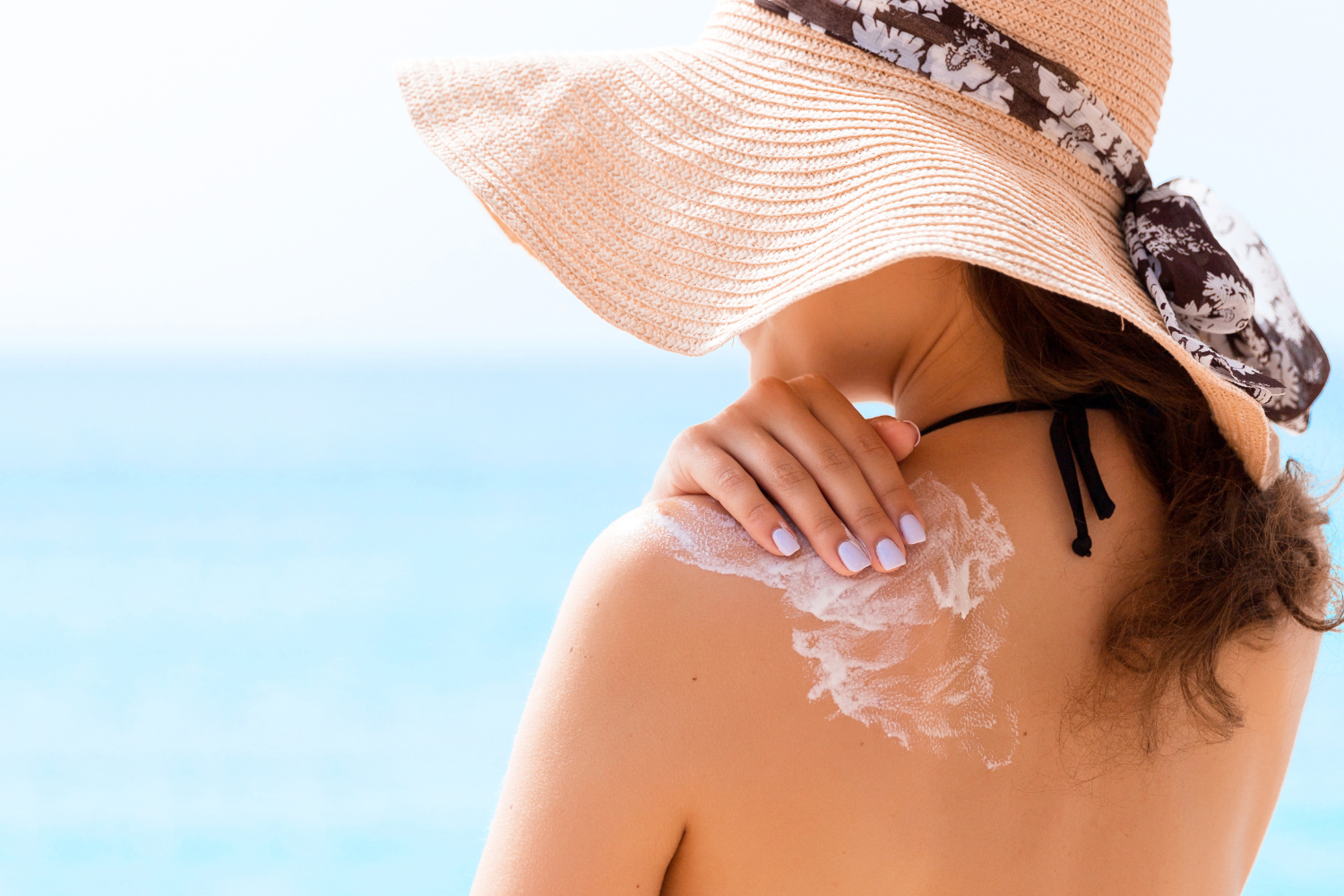Here Comes The Sun - Part 2
Now let's talk sunscreen. The sunscreen you put on your and your kids' bodies day in and day out does not just evaporate into thin air. Where does that white, skin-protecting cream go? It is either absorbed into your body, washed off into the water you swim in, or both. This is why safe sunscreen matters - when sunscreen absorbs into your skin, it can directly impact your health. And when sunscreen washes off into the ocean water you swim in, it affects the coral reefs, the fish and other sea creatures (which, in turn, affects us if we eat them!).
We have all heard there are two types of ultraviolet rays that come from the sun and can cause skin damage, UVA and UVB. These rays cause skin damage by breaking chemical bonds in DNA, enzymes and proteins. For years, the sunscreen industry focused primarily on UVB light because it causes the most immediate skin damage - sunburns. UVA rays, however, penetrate deeper into the skin and can cause damage before any visible sunburn occurs. UVA rays are the major contributor to skin damage and aging and penetrate through clouds and glass (hello, sunspots on my left cheek!). SPF (sun protection factor) traditionally only measured the UVB protective effects of a sunscreen. Many sunscreens do not even protect from UVA radiation. Only sunscreens labeled as "broad spectrum" protect against both UVA and UVB rays.
SPF is the measurement of a sunscreen's level of defense against sunburn caused primarily from UVB rays.
SPF 15 = blocks 93% of UVB rays
SPF 30 = blocks 97% of UVB rays
SPF 50 = blocks 98% of UVB rays
How does sunscreen work? There are two main types of sunscreen technology: chemical and mineral. The main differences are their ingredients and the way they work. Chemical sunscreens are technically sun filters. The cream absorbs into your skin working its chemical magic to soak up the rays so they don't damage your skin. The vast majority of sunscreens on the market contain chemical sunscreen ingredients like avobenzone, oxybenzone or octocrylene. They are called sun filters because they absorb the sun's UV energy and release it back into the air as heat. They are popular because they provide easy, transparent blendability into the skin (and, let's face it, we love the synthetic chemical fragrances that conjure up pina coladas and tropical beaches). However, these chemicals have been linked to hormone disruption, kidney and liver dysfunction and cell damage that may lead to skin cancer. These chemicals can pass through the placental barrier and end up in a mother's breast milk. They also damage coral reefs and ocean life.
By contrast, mineral sunscreens use zinc oxide and titanium dioxide which sit on the surface of the skin and scatter or reflect the sun's rays away from our skin. They are technically "sunblocks" because they provide a physical barrier that blocks your skin from the sun. They do not penetrate the skin. Mineral sunscreens are great for people with sensitive skin.
Just recently, the FDA released a study that tested six of the main active ingredients in chemical sunscreen lotions and sprays. The FDA found that all of the chemicals had concentrations in the blood higher than the FDA's threshold. In fact, the concentrations of oxybenzone were 360 times greater than the FDA threshold!
This leads us to the next dilemma - how do we figure out what sunscreens to buy? Well, first, now we know to look for broad spectrum (for UVA and UVB protection), mineral (not chemical) sunscreen. Before you get overwhelmed by the thought of reading sunscreen labels and sorting through dozens of bottles at the drug store before summer hits, let us help.
We have been testing and trying safer sunscreens for years. Our everyday favorite for the whole family is Babo Botanicals. It has award-winning broad spectrum sunscreens that are effective and safe. They have mists, lotions and sticks. All are from dangerous chemicals, are moisturizing and are reef safe. They rub in clear and are made with zinc oxide and soothing plant oils to moisturize. They also have lip sunscreen and an infant sunscreen that are both excellent.
And Counter Beauty has an award-winning tinted moisturizer called Dew Skin that contains SPF and gives you a beautiful, dewy glow. Honorable mention goes to Kosas DreamBeam Comfy Smooth Sunscreen SPF 40 and Young Living for its Mineral Sunscreen SPF 50. For an excellent rating guide on the safety and efficacy of over 1,000 sunscreens, check out the Environmental Working Group's Guide to Sunscreens Environmental Working Group's Guide to Sunscreens.
The BEST sun protection includes a sunscreen that is safe for all members of your family as well as the creatures in the sea. So grab your real pina colada, fantasize about that tropical beach, and relax knowing you are really protecting your family this summer!


